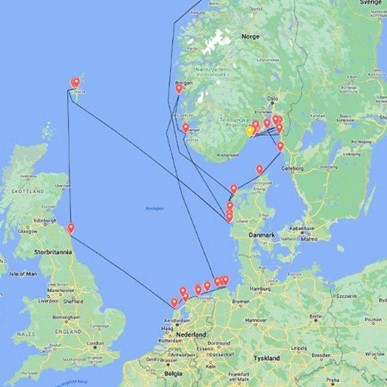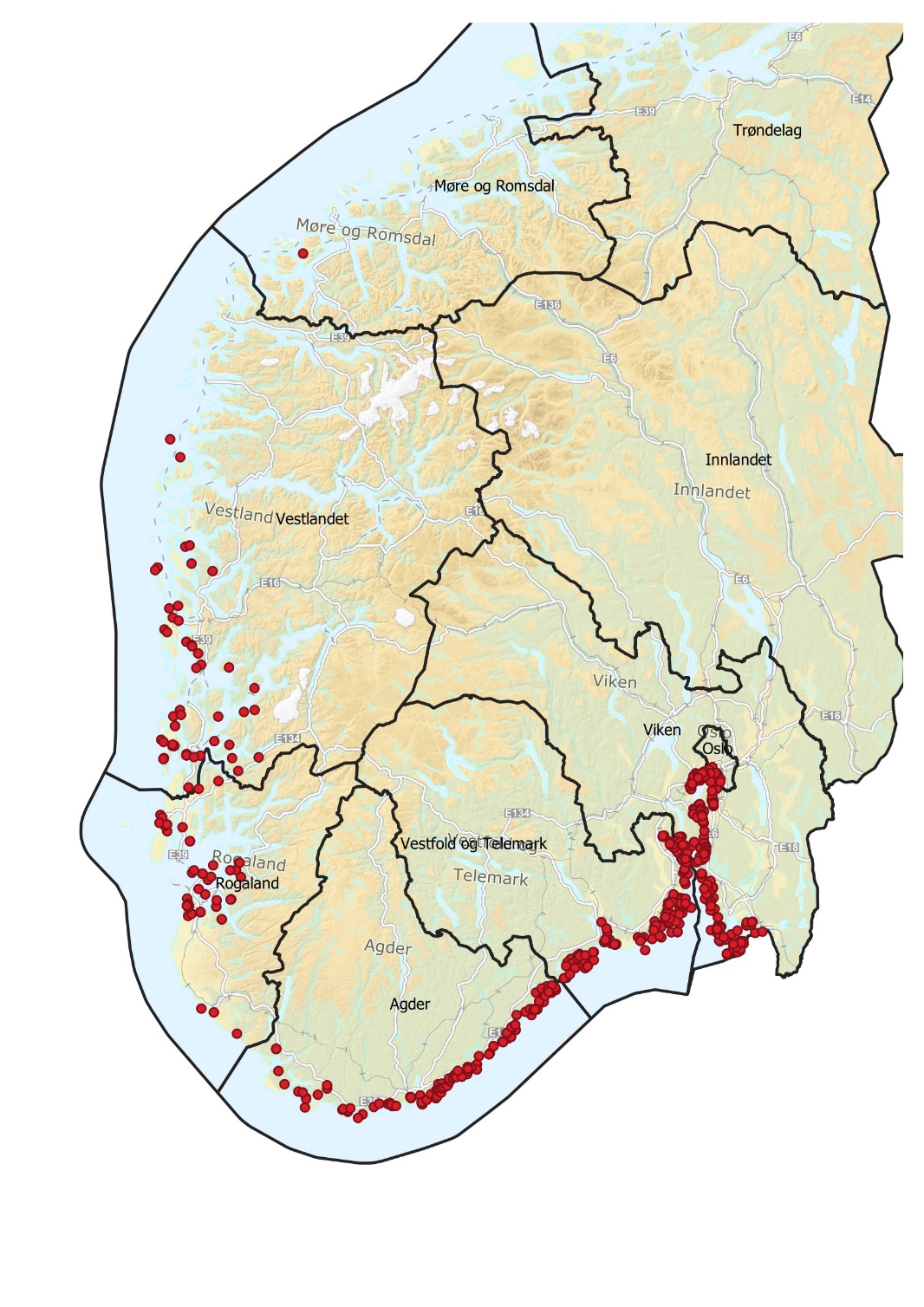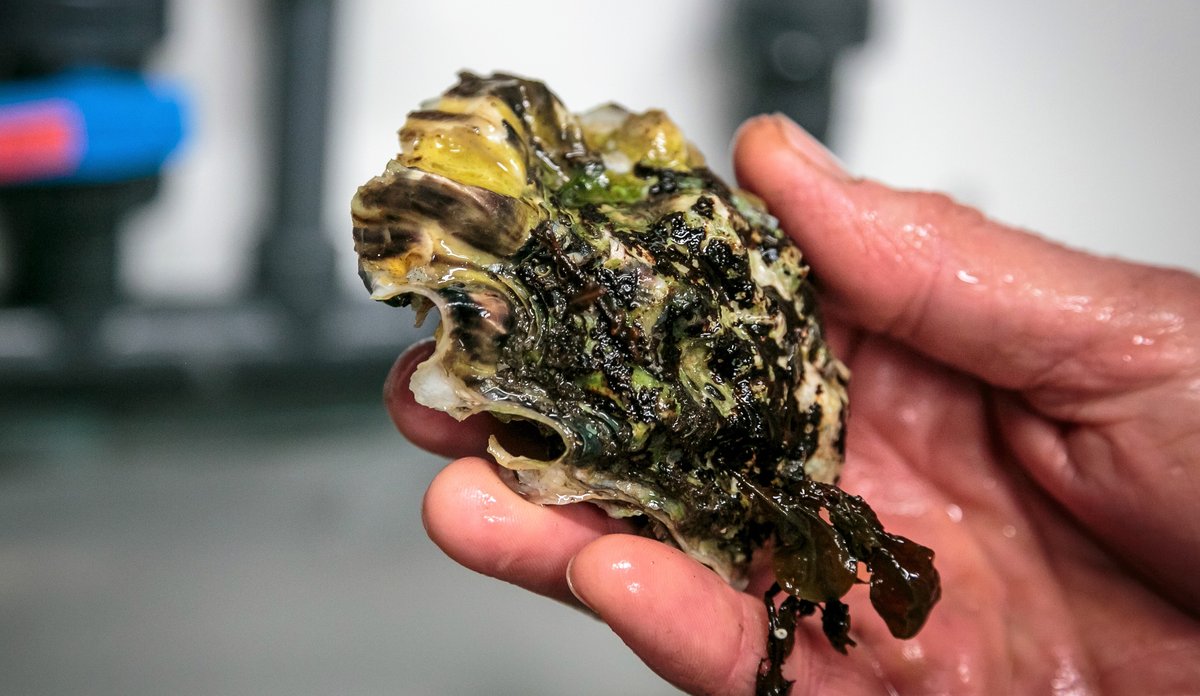"Freya" the walrus may be an environmentalist

The walrus "Freya" has caused problems for boat owners in southern Norway this summer. She might just be helping to solve a bigger problem along the coast: The spread of the pacific oyster.
Photo: Rune Aae, University of South-Eastern NorwayPublished: 24.06.2022 Updated: 28.07.2022
Researcher and veterinarian at the Institute of Marine Research, Kathrine A. Ryeng, do not believe that the walrus is drawn to people because she wants company.
Rather, it is the menu that tempts her.
"Freya has simply found an Eldorado of Pacific oysters, which may be why she is coming so close to people," Ryeng says.
Gubbles up Pacific oysters
Walruses like to eat mollusks, and their favorite food is clams. Observations show that the sea mammals fill their belly a couple of times a day. An adult walrus can eat as much as 3,000 to 6,000 clams in one meal. When they don't eat, they relax and digest.
When the Institute of Marine Research surveyed the prevalence of the invasive Pacific oyster in 2020, Vestfold and Telemark stood out as high-density areas. This means that both Kragerø and Risør, where Freya has been staying until recently, are located in the middle of larder.
See the report here: «Kartlegging av stillehavsøsters (Crassostrea gigas) – Bestandskartlegging Karmøy–Svenskegrensa 2017–2019» (in Norwegian)

"When I saw the map of the walrus' movements, a light dawned on me. I came up with IMR's report on Pacific oysters and found a large overlap between places Freya has visited and stayed, and areas with a high prevalence of Pacific oysters. I can't say anything other than that there seems to be a connection here," Ryeng says.

The relationship between the movements of Pacific oysters and "Freya" also stands over time.
"If you look at where Freya used to be before she came to southern Norway, she has occasionally stayed in the Wadden Sea in the southern part of the North Sea. Entire banks of Pacific oysters have emerged there," explains Ryeng.

"Freya": an environmentalist?
During the last fifteen years, the Pacific oyster has spread both north and south.
Researchers say it is here to stay, and do not believe clearing campaigns do much to limit the spread. It might have a local effect.
Researcher Lars-Johan Naustvoll was involved in the mapping of Pacific oysters and find his colleague's hypothesis to feasible.
"The idea has struck me because there are a lot of Pacific oysters in these areas. Here you will also find individual shells scattered outwards, making them more accessible to a walrus. If Freya eats this delicacy, she can prove to be an asset by limiting its' spread and clearing local populations," says Naustvoll.
Pacific oysters grow in shallow water. It causes problems for bathers when the beaches are invaded by oysters with razor-sharp edges.
"Perhaps "Freya's" presence also makes life easier for the bathers in the skerries," Ryeng concludes.